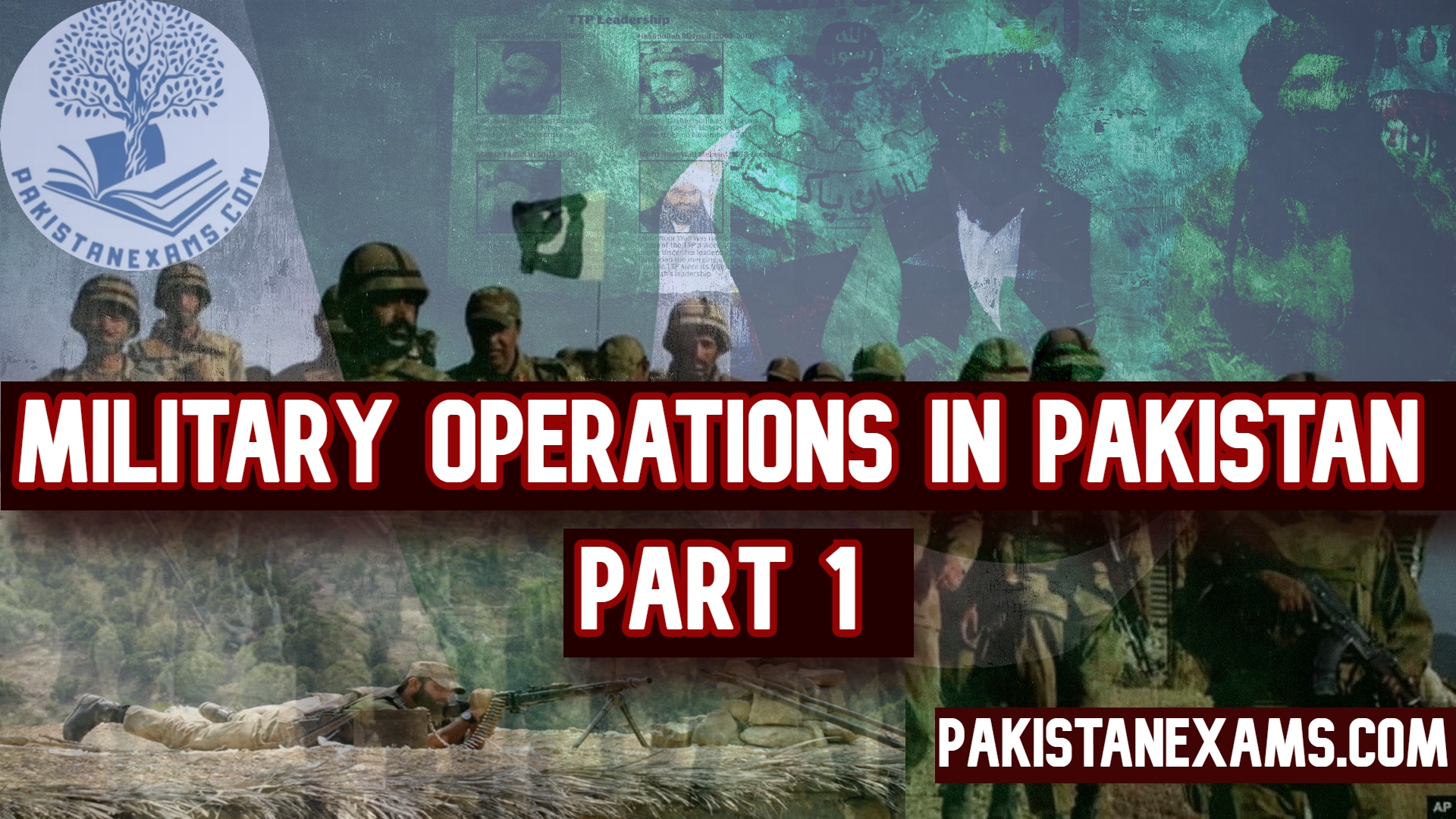Introduction
Post-9/11, Pakistan became a crucial frontline state in the global war on terror. The influx of Al-Qaeda and Taliban militants into Pakistan’s tribal regions, particularly the Federally Administered Tribal Areas (FATA), posed significant security challenges. In response, the Pakistan military launched a series of operations aimed at dismantling terrorist networks and restoring state authority. This blog post examines each major military operation, their objectives, successes, challenges, casualties, and economic impacts. Additionally, it explores why the Tehrik-i-Taliban Pakistan (TTP) gained a stronghold in FATA, their resurgence, and future strategies for peace.
Detailed Analysis of Key Military Operations
1. Operation Al-Mezan (2002-2006)
Background and Objectives:
Launched in response to the influx of Al-Qaeda and Taliban fighters fleeing the U.S. invasion of Afghanistan.
Aimed to secure the Pakistan-Afghanistan border, dismantle terrorist networks, and capture or kill key Al-Qaeda leaders operating in Pakistan’s tribal areas.
Operations and Tactics:
Conducted by the Pakistan Army with support from the paramilitary Frontier Corps.
Employed ground offensives, targeted airstrikes, and intelligence-driven raids to neutralize militant hideouts and supply lines.
Achievements:
Successfully captured or eliminated several high-profile Al-Qaeda operatives, including Abu Zubaydah and Khalid Sheikh Mohammed.
Established a degree of control over previously ungoverned tribal areas, disrupting Al-Qaeda’s operational capabilities.
Challenges:
The rugged terrain of FATA and resistance from local tribes sympathetic to militants complicated operations.
Significant civilian displacement (estimated at tens of thousands) fueled local resentment and created a humanitarian crisis.
Casualties and Statistics:
Estimated militant casualties: Over 2,000.
Pakistan military casualties: Approximately 500 killed and 1,000 wounded.
Civilian impact: Several hundred were displaced or injured.
Budget and Economic Impact:
Estimated cost: $1 billion, including direct military expenditures and humanitarian assistance.
The economic impact included disrupted local economies and extensive rehabilitation efforts.
Note: Visit Pakistanexams.com for more topics.
2. Operation Rah-e-Haq (2007-2009)
Background and Objectives:
They initiated to counter the TTP’s growing influence in the Swat Valley, where they had established parallel governance and enforced their version of Sharia law.
Aimed to restore government control, eliminate TTP leadership, and reintegrate Swat into the state’s administrative framework.
Operations and Tactics:
Conducted by the Pakistan Army and Air Force through coordinated ground assaults, strategic bombings, and clearing operations.
Employed a mix of conventional warfare and counter-insurgency tactics to dislodge militants from entrenched positions.
Achievements:
Temporarily reclaimed control of Swat from TTP militants and disrupted their governance structures.
Established peace agreements with local Taliban factions to stabilize the region temporarily.
Challenges:
The TTP managed to regroup and reassert control after initial military withdrawals, exploiting ceasefires and agreements.
High civilian displacement (estimated at 1.5 million people) led to a humanitarian crisis requiring extensive aid and support.
Casualties and Statistics:
Estimated militant casualties: Over 1,000.
Pakistan military casualties: Around 300 killed and 600 wounded.
Civilian impact: Over 200 civilians killed, with significant displacement and infrastructural damage.
Budget and Economic Impact:
Estimated cost: $800 million, covering military operations and civilian rehabilitation.
The economic impact included significant disruption to Swat’s tourism and agricultural sectors.
3. Operation Sher Dil (2008)
Background and Objectives:
Targeted the Bajaur Agency, a critical TTP stronghold used for launching cross-border operations into Afghanistan and planning attacks.
Aimed to dismantle militant bases, secure the region, and restore state authority over Bajaur.
Operations and Tactics:
Conducted by the Pakistan Army with artillery support, airstrikes, and infantry assaults.
Employed intelligence from local sources and alliances with tribal militias to identify and neutralize militant hideouts.
Achievements:
Successfully disrupted TTP control and infrastructure in Bajaur, significantly reducing cross-border militant activities.
Re-established government authority and initiated reconstruction and stabilization efforts in the region.
Challenges:
Intense combat led to high casualties on both sides and extensive damage to local infrastructure.
Continued militant resistance and the need for long-term security presence to prevent re-infiltration.
Casualties and Statistics:
Estimated militant casualties: Around 1,500.
Pakistan military casualties: Approximately 100 killed and 300 wounded.
Civilian casualties: Over 200 civilians killed, with thousands displaced due to the fighting.
Budget and Economic Impact:
Estimated cost: $500 million, focusing on military operations and post-conflict rebuilding.
Economic impact included significant disruption to local commerce and agriculture, necessitating long-term reconstruction.


1 thought on “Pakistan’s War on Terror: A History of Important Military Operations (part-1)”